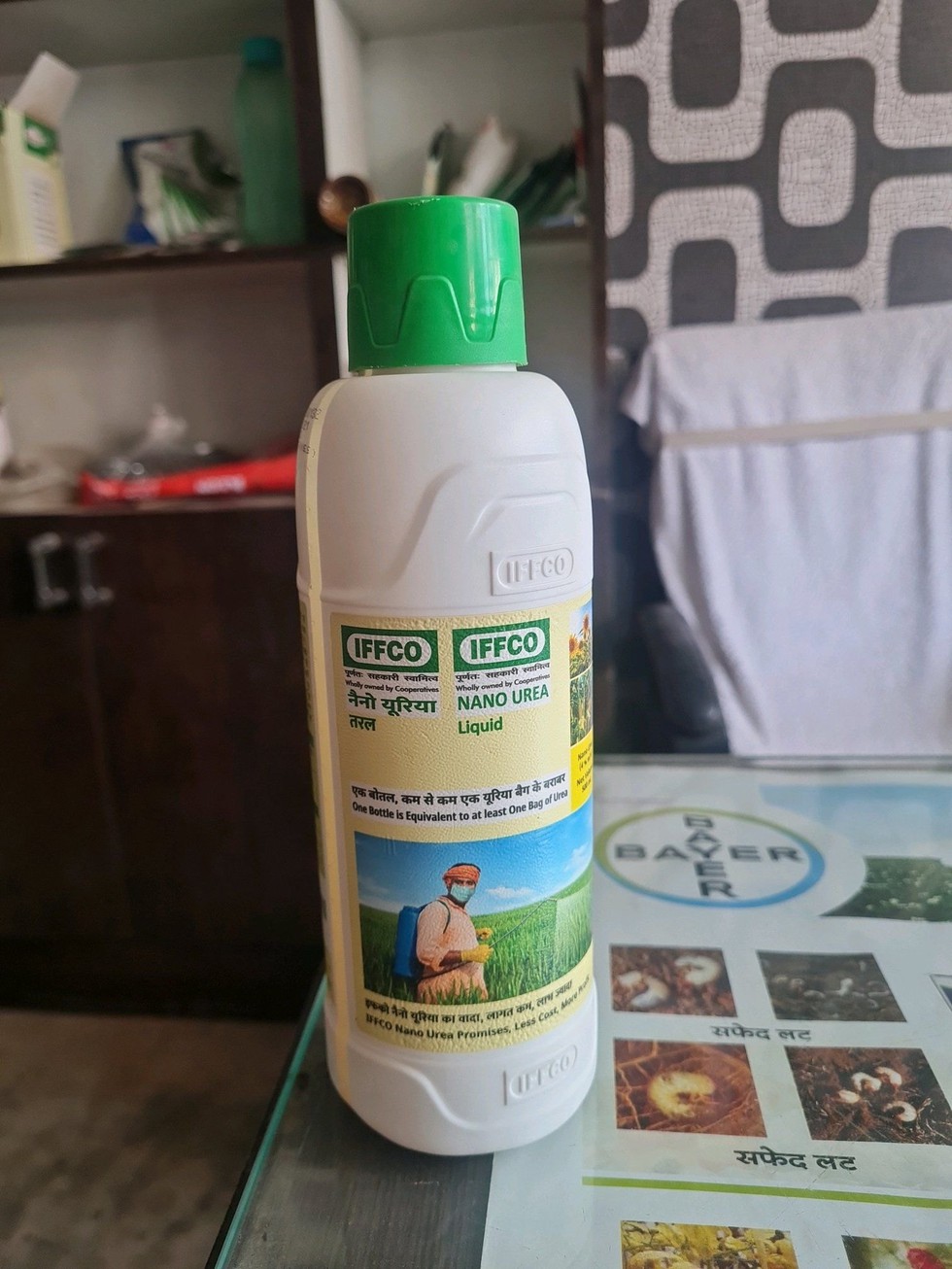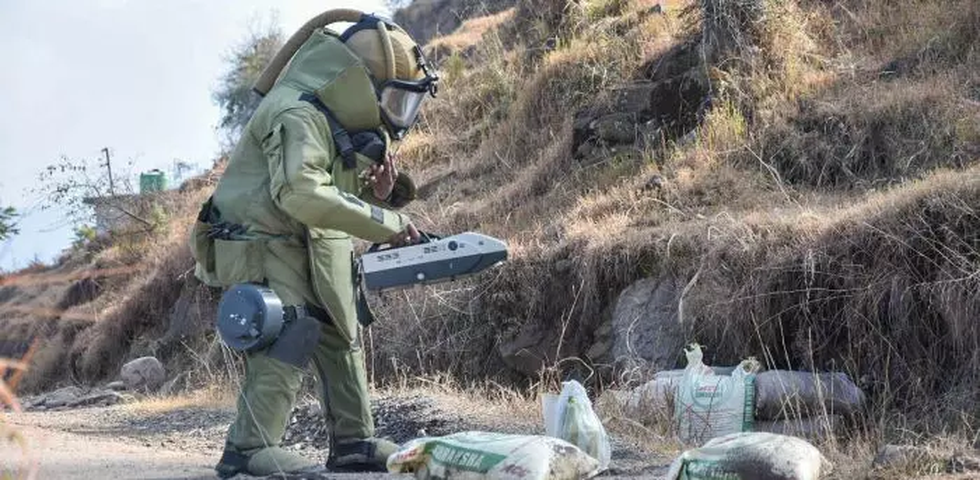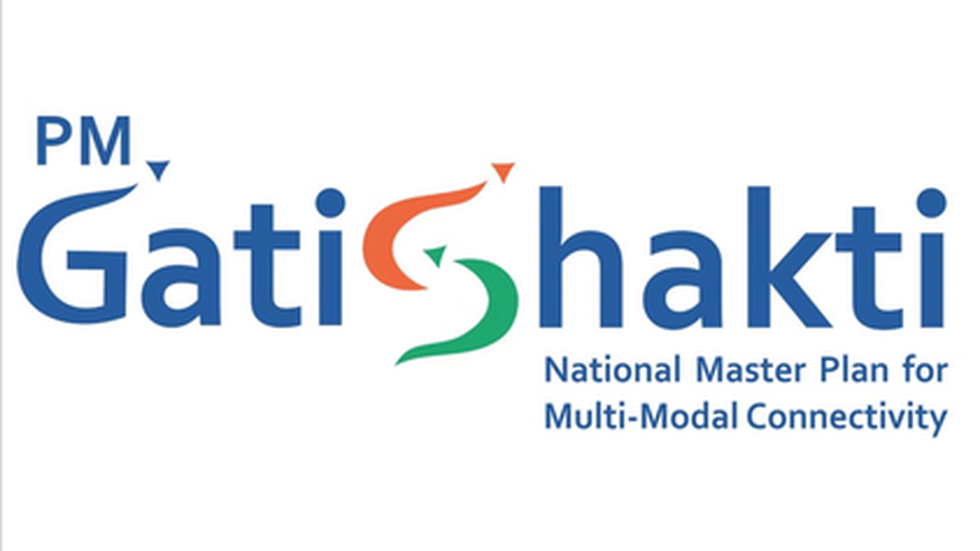
About Foreign Exchange Reserve:
- Foreign Exchange Reserves (also called Forex Reserves) are reserve assets held by a central bank in foreign currencies.
- Foreign assets comprise assets that are not denominated in the domestic currency of the country.
- These may include foreign currencies, bonds, treasury bills, and other government securities.
- Reserves are denominated and expressed in the US dollar, which is the international numeraire for the purpose.
- RBI is the custodian of the foreign exchange reserves in India.
- India’s foreign exchange reserves comprise of;
- Foreign currency assets (FCAs): These are maintained in currencies like the US dollar, euro, pound sterling, Australian dollar, and Japanese yen.
- Gold
- SDR (Special Drawing Rights): This is the reserve currency with the IMF.
- RTP (Reserve Tranche Position): This is the reserve capital with the IMF.
- The biggest contributor to India’s Forex reserves is foreign currency assets, followed by gold.
- Purpose:
- They are used to back liabilities on their own issued currency, support the exchange rate, and set monetary policy.
- To ensure that RBI has backup funds if their national currency rapidly devalues or becomes altogether insolvent.
- If the value of the Rupee decreases due to an increase in the demand for the foreign currency, then RBI sells the dollar in the Indian money market so that depreciation of the Indian currency can be checked.
- A country with a good stock of forex has a good image at the international level because the trading countries can be sure about their payments.
- A good forex reserve helps in attracting foreign trade and earns a good reputation with trading partners.

About National Electronic Fund Transfer (NEFT):
- NEFT is a nation-wide electronic centralised payment system owned and operated by the Reserve Bank of India (RBI).
- It enables transferring funds from the account maintained with any bank to any other bank branch, provided the transaction is attempted between the banks that participate in the NEFT payment system.
- Organisations, companies and individuals can use it to transfer funds from one bank account to another.
- As per Reserve Bank of India (RBI) guidelines, the payments made via NEFT are processed and settled in half-hourly batches.
- Minimum Transfer Value: Rs. 1
- Maximum transfer value: No limit
- NEFT offers the following advantages for funds transfer or receipt:
- Round-the-clock availability on all days of the year.
- Near-real-time funds transfer to the beneficiary account and settlement in a secure manner.
- Pan-India coverage through large network of branches of all types of banks.
- The beneficiary need not visit a bank branch for depositing the paper instruments. Remitter can initiate the remittances from his / her home / place of work using internet banking, if his / her bank offers such a service.
- Penal interest provision for delay in credit or return of transactions.
- No levy of charges by RBI from banks.
- No charges to savings bank account customers for online NEFT transactions.
- The transaction charges have been capped by the RBI.
- NEFT system can be used for the payment of credit card dues to the card issuing banks, payment of loan EMIs, inward foreign exchange remittances, etc.

About Genome India Project:
- It is a pan-India initiative focused on the whole genome sequencing of representative populations across India.
- Goal: The goal is to start with and execute whole genome sequencing and subsequent data analysis of 10,000 individuals representing the country’s diverse population.
- This is a mission-mode, multi-institution consortium project, the first of its kind in India, supported and funded by the Department of Biotechnology, Government of India.
- The specific aims of the project are:
- Create an exhaustive catalogue of genetic variations (common, low frequency, rare, single nucleotide polymorphisms, or SNPs, and structural variations) in Indians.
- Create a reference haplotype structure for Indians. This reference panel can be used for imputing missing genetic variation in future studies.
- Design genome-wide arrays for research and diagnostics at an affordable cost.
- Establish a biobank for DNA and plasma collected for future use in research.
What is Genome?
- A genome is the complete set of genetic information in an organism.
- In living organisms, the genome is stored in long molecules of DNA called chromosomes.
- In humans, the genome consists of23 pairs of chromosomes located in the cell’s nucleus, as well as a small chromosome in the cell’s mitochondria.
- A genome contains all the information needed for an individual to develop and function.

About Nano Urea:
- It is a nanotechnology-based revolutionary Agri-input that provides nitrogen to plants.
- It is developed and patented by the Indian Farmers Fertiliser Cooperative Limited (IFFCO).
- IFFCO Nano Urea is the only nano fertilizer approved by the Government of India and included in the Fertilizer Control Order (FCO).
- Features:
- Compared to conventional urea prill, Nano Urea has a desirable particle size of about 20-50 nm, and more surface area (10,000 times over 1 mm urea prill), and number of particles (55,000 nitrogen particles over 1 mm urea prill).
- It contains 4.0 % total nitrogen (w/v).
- Benefits:
- It is produced by an energy-efficient, environment-friendly production process with less carbon footprints.
- Increased availability to crops by more than 80%,resulting in higher nutrient use efficiency.
- It is expected to improve crop productivity, soil health, and nutritional quality of produce and address the "imbalanced and excessive use" of conventional fertilizer.

About Amrabad Tiger Reserve:
- Location: It is located in the Nagarkurnool and Nalgonda districts in the southern part of Telangana.
- It is one of the largest tiger reserves in India. It is the second-largest Tiger Reserve in terms of core area.
- Earlier, it was part of 'Nagarjunasagar-Srisailam Tiger Reserve, but post-state bifurcation, the northern part of the reserve was vested with Telangana state and renamed 'Amrabad Tiger Reserve'. The southern portion continues to be 'NSTR' with Andhra Pradesh.
- ATR covers a part of the Nallamala Forest and is home to a variety of flora and fauna.
- Major reservoirs like the Srishailam Dam and Nagarjunsagar Dam are fed by the river Krishna and its several perennial streams that originate in the Tiger Reserve.
- Flora:
- Dense grass occurs in 30% of the area and is scattered in an additional 20%.
- Fauna:
- Major wild animals found are Tiger, Leopard, Wild dog, Indian Wolf, Indian fox, Rusty-spotted cat, Small Indian civet, Sloth bear, Honeybadger, Wild boar etc.
- Some important bird species include Eagles, Pigeons, Doves, Cuckoos, Woodpeckers, Drongos etc.

About Exercise Samudra Laksamana:
- It is a joint naval exercise between the Indian Navy and Royal Malaysian Navy.
- It is the 3rd edition of this exercise.
- Indian Naval Ship Kiltan and Royal Malaysian Ship KD Lekir are participating in this exercise which has harbour professional interactions followed by the operational phase at sea.
- At harbour, crew of both ships will have various professional interactions, Subject Matter Expert Exchange on topics of mutual interest, sports fixtures, and other interactions.
- These interactions are aimed to enhance knowledge base, share best practices and further cooperation on maritime aspects. The exercise aims to strengthen bonds and enhance interoperability between the Indian and Royal Malaysian Navy.
Key points about INS Kiltan
- It is an indigenously-built anti-submarine warfare stealth corvette
- This is the third of the four Kamorta-class corvettes being built under Project 28.
- The ship derives its name from one of the islands in Aminidivi group of the strategically located Lakshadweep and Minicoy group of islands.
- It is designed by the Indian Navy’s in-house organisation Directorate of Naval Design and built by Garden Reach Shipbuilders & Engineers (GRSE) in Kolkata.

About Bureau of Energy Efficiency:
- It was established in 2002 under the provisions of the Energy Conservation Act, 2001.
- Objective: The primary objective of BEE is to reduce energy intensity in the Indian economy.
- Function and Duties
- It co-ordinates with designated consumers, designated agencies and other organizations; recognizes, identifies and utilizes the existing resources and infrastructure, in performing the functions assigned to it under the Energy Conservation Act.
- Regulatory functions
- Develop minimum energy performance standards for equipment and appliances under Standards and Labelling
- Develop minimum energy performance standards for Commercial Buildings
- Develop Energy Consumption Norms for Designated Consumers
- Nodal Ministry: Ministry of Power
State Energy Efficiency Index 2023
- It is the fifth edition of The State Energy Efficiency Index (SEEI), initiated by Bureau of Energy Efficiency (BEE), in association with Alliance for an Energy Efficient Economy.
- It is to evaluate the annual progress of energy efficiency implementation in the states.
- It assesses the performance of 36 states and UTs using 65 qualitative, quantitative, and outcome-based indicators measures distributed across seven demand sectors: buildings, industry, municipal services, transport, agriculture, electricity distribution companies (DISCOMs), and cross-sector initiatives.
- In SEEI 2023, the states and UTs are categorized as ‘Front runner’ (>=60), ‘Achiever’ (50-59.75), ‘Contender’ (30-49.75), and ‘Aspirant’ (<30) based on their total scores.
- Furthermore, to enable peer-to-peer comparison of performance, all the states and UTs are classified into four groups based on their total final energy consumption (TFEC): Group 1 (>15 million tonnes of oil equivalent (MTOE)), Group 2 (5-15 MTOE), Group 3 (1-5 MTOE), and Group 4 (<1 MTOE).
- The top-performing states in each group are Karnataka (Group 1), Andhra Pradesh (Group 2), Assam (Group 3), and Chandigarh (Group 4).
About Semiconductor fabrication:
- A semiconductor fab -- short for fabrication -- is a manufacturing plant in which raw silicon wafers are turned into integrated circuits (ICs).
- The process includes creating intricate patterns on the wafer using light and chemicals, depositing different materials to form components, and etching away unwanted materials.
- This results in the formation of transistors, interconnects, and other elements that make up a semiconductor device.
- A semiconductor fab facility always includes a clean room because its environment is carefully controlled to eliminate dust and vibrations and to keep the temperature and humidity within a specific narrow range.
What kind of technology is used in fabs?
- Photolithography:
- It is a crucial step in semiconductor fabrication where patterns are transferred onto silicon wafers.
- A photosensitive material, called photoresist, is applied to the wafer and exposed to light through a mask.
- The exposed areas are chemically etched, creating the desired pattern. This process enables the precise definition of features on the wafer, enabling the creation of intricate circuitry.
- Deposition techniques like chemical vapor deposition (CVD) and physical vapor deposition (PVD) to add thin layers of materials; etching processes to remove unwanted materials; and various metrology tools for inspection and measurement.

About Improvised Explosive Devices:
- IED is a type of unconventional explosive weapon that can take any form and be activated in a variety of ways.
- An IED is basically a home-made bomb because they are improvised.
- IEDs can come in many forms, ranging from a small pipe bomb to a sophisticated device capable of causing massive damage and loss of life.
- They can be deployed using a vehicle, carried, placed, or thrown by a person, delivered in a package, or concealed on the roadside.
- While they have been in used for over a century, the term “IED” first entered common usage during the United States’ Iraq invasion (beginning in 2003), where such bombs were commonly used against US forces.
- Components
- Each IED comprises a few basic components, which can come in various forms, depending on resources available to the bomb-maker.
- These include an initiator or a triggering mechanism, (which sets the explosion off), a switch (which arms the explosive), a main charge (which causes the explosion), a power source (since most IEDs contain an electric initiator, they require an electronic power source), and a container.
- Additionally, IEDs may be packed with additional materials or “enhancements” such as nails, glass, or metal fragments designed to increase the amount of shrapnel released by the explosion — and thus the damage it causes.
- Enhancement may also include hazardous materials such as toxic chemicals, or radio-active circumstances — an IED packed with, say, depleted Uranium will be colloquially called a “dirty bomb”
- Some common materials used to build IEDs include fertilisers such as ammonium nitrate and urea nitrate, gunpowder, and hydrogen peroxide.

About Network Planning Group:
- It is an Integrated Multimodal Network Planning Group (NPG) with heads of Network Planning Division of all connectivity infrastructure Ministries & Departments.
- It is responsible for unified planning and integration of the proposals and assist the Empowered Group of Secretaries (EGoS) in respect of its mandate.
- It facilitates regular interactions between the stakeholders.
- It will guide all the Departments/ Ministries responsible for creation of economic zones and connectivity infrastructure during the planning phase itself.
- The parameters/prescribed norms of the overall National Master Plan will be the overarching objective of the NPG for examining and sanctioning future projects thus leading to minimising of disruptions and strive for the creation of an ideal & efficient operating system for all infrastructure projects in the country.
- Its role is to ensure:
- integration of networks;
- enhance optimization through modification/expansion/new network creation;
- avoid duplication of works for holistic development of any region;
- reduction logistics costs through micro-plan detailing.
What is PM GatiShakti?
- It is an approach for growth accelerating trustworthy infrastructure through synchronized, holistic, integrated and comprehensive planning based on knowledge, technology and innovation.
- PM GatiShakti National Master Plan provides comprehensive database of the ongoing & future projects of various Ministries i.e. Infrastructure Ministries & Ministries and States involved in development of Economic Zones, integrated with 200+ GIS layers thereby facilitating planning, designing and execution of the infrastructure projects with a common vision.


























































































































































.png)
.png)
.png)
.png)
.png)


.png)
.png)
.png)





.png)
.png)






.png)
.png)
.png)
.png)
.png)
.png)
.png)
.png)
.png)

.png)







.png)
.png)


.png)
.png)
.png)


.png)

.png)
.png)





.jpg)

.png)
.png)


.png)

.png)
.png)
.png)

.jpg)

.jpg)


.png)

.png)
.png)
.png)
.png)
.png)
.png)
.png)
.png)
.png)
.png)




.png)

.png)





.png)
.png)
.png)
.png)
.png)
.png)
.png)
.png)
.png)
.png)
.jpg)
.jpg)

.png)
.png)
.png)
.png)
.png)
.png)
.png)
.png)
.png)
.png)
.png)
.png)
.png)
.png)
.png)
.png)
.png)
.png)
.png)
.png)
.png)
.png)



.png)
.png)

.jpg)
.jpg)


.jpg)
.jpg)
.jpg)
.jpg)
.jpg)

.jpg)








.jpg)
.jpg)
.jpg)
.jpg)
.jpg)

















.jpg)
.jpg)







.jpg)


















.jpg)
.jpg)






























































































.jpg)
.jpg)


























.jpg)

.jpg)










.jpg)








.jpg)




.jpg)










.jpg)


















.jpg)












































.jpg)














.jpg)
.jpg)
.jpg)





.jpg)

.jpg)
.jpg)





































































.jpg)


































.jpg)
.jpg)
















































.jpg)












.jpg)


.jpg)




.jpg)
.jpg)
.jpg)

.jpg)
.jpg)
.jpg)
.jpg)

.jpg)
.jpg)
.jpg)

.jpg)
.jpg)
.jpg)
.jpg)
.jpg)
.jpg)
.jpg)
.jpg)

.jpg)


.jpg)
.jpg)
.jpg)
.jpg)
.jpg)
.jpg)
.jpg)
.jpg)
.jpg)
.jpg)











.jpg)
.jpg)





.jpg)
.jpg)
.jpg)
























.jpg)
























.jpg)









.jpg)
.jpg)







.jpg)
.jpg)









































.jpg)
.jpg)
.jpg)
.jpg)
.jpg)

.jpg)
.jpg)
.jpg)
.jpg)
.jpg)


.jpg)
.jpg)
.jpg)
.jpg)
.jpg)

.jpg)
.jpg)
.jpg)
.jpg)
.jpg)
.jpg)
.jpg)
.jpg)
.jpg)
.jpg)
.png)

.png)
.png)

.png)
.png)
.png)
.png)


.jpg)
.jpg)

.jpg)
.jpg)
.jpg)

.png)
.png)
.png)
.png)
.png)
.png)
.png)

.png)
.png)
.png)
.png)
.png)
.png)
.png)
.png)
.png)
.png)





































































-min.png)



.png)




.png)








































